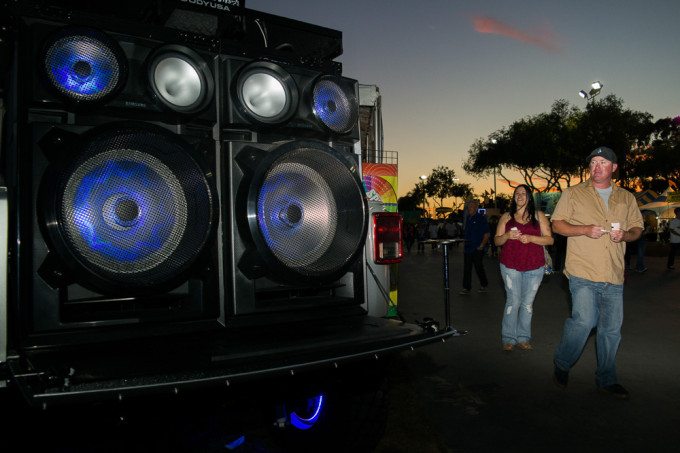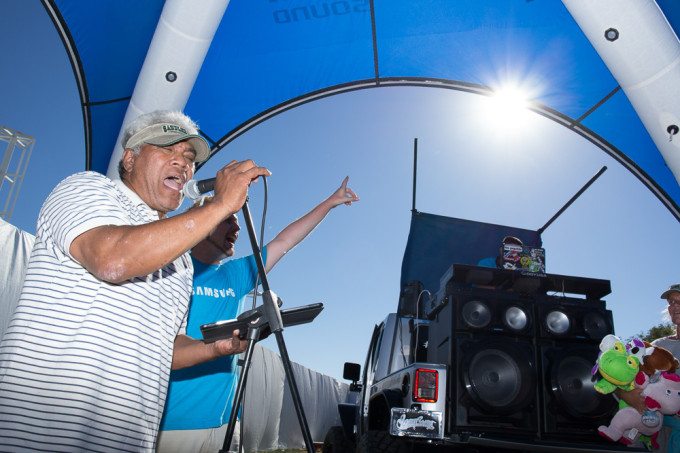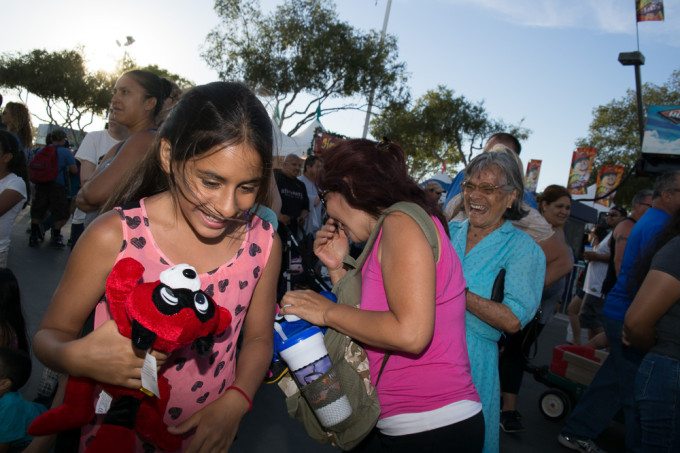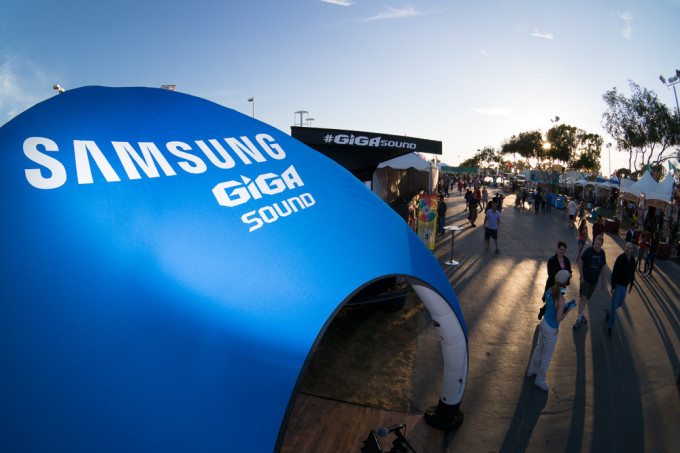A flash can be an invaluable tool for improving the look of your photographs. Its use doesn’t have to be relegated for situations which are lacking light. In many situations, it can be the means to reveal important shadow detail, increasing color saturation and controlling contrast. So, while there may be an abundance of light around, there will be times when you may want to engage your built-in or external flash to improve the look of a photograph.
Open Up Shadows
In high contrast lighting situations, shadows may obscure important details of a subject or a scene. A kiss of flash can open up those shadow details without negatively impacting the midtones or highlights.
Control Contrast
The presence of the shadows often provide a sense of depth to an image, but if you don’t want the contrast ratio to be as high as it may be on a bright sunny day, the flash will reign it in providing a more gradual tonal range between highlight and shadow.
Improve Color Saturation
When photographing in open shade, colors can appear dull and muted. Using the output of the flash will increase the saturation and vibrance of colors and add a bit of pop to the image.
Add Catchlight
For portraits, the flash can add a nice catchlight to the eyes as well as reveal the color therein.
Emphasize Foreground in Landscapes
With a landscape image where the distant background is well lit, the flash can be used to emphasize elements in the foreground that would otherwise be relegated to shadow. This creates a visual balance within the frame.
Flash in Open Shade
Shaded areas often provide nice light, but it also reduces contrast and color saturation. Introducing the use of flash boosts both. Bounce the flash off a reflector or nearby white surface to increase the size of the light source and produce a soft look to the flash output.
Twilight Portraits
Narrowing the beam of light emitted from the flash to target your subject can produce a pleasing look for portraits created at twilight. With the shutter speed set to achieve a good ambient light exposure, the aperture controls the exposure for the flash creating a balance between the two.
Use High-Speed Sync
Many cameras offer a feature called high-speed sync, which will allow you to use your flash beyond the camera’s standard flash sync speed of 1/180, 1/200 or 1/250 second. This allows you to greater flexibility with respect to your aperture/shutter speed combination when photographing under direct sunlight. It will prevent your backgrounds from being overexposed and create a more balanced look between daylight and flash.





